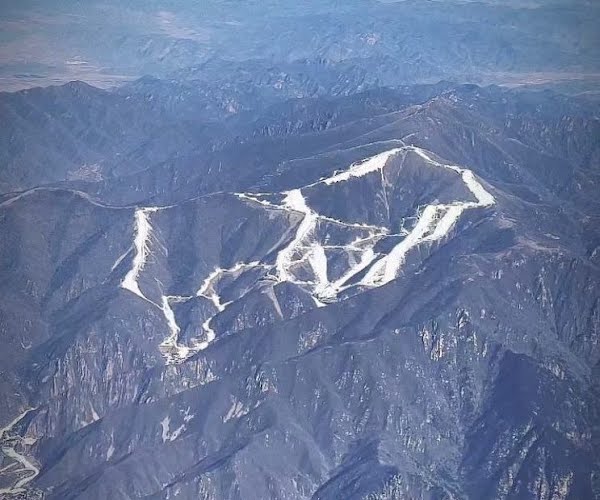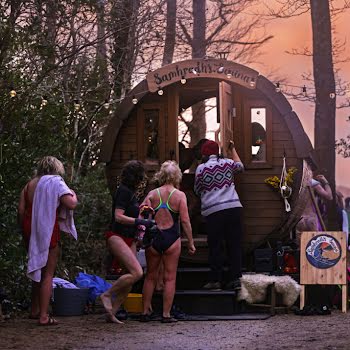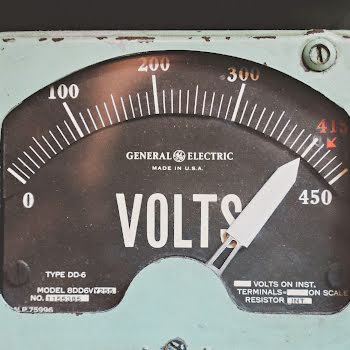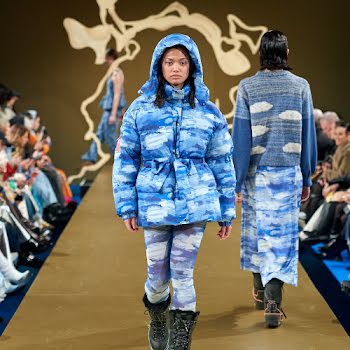This is what the 2022 Beijing Olympics looks like from above
What a Winter Olympics looks like in the age of global warming
12th Feb 2022
I hope this image shocks you. It certainly shocked me. These are the hills outside of Beijing where the 2022 Beijing Winter Olympic alpine skiing, ski jumping and snowboarding competitions are taking place right now. Except, up until very recently, these hills had no snow at all. Despite temperature lows of -15ºC, Beijing organisers had to pump in 49 million gallons of water using 300 fan-powered snow guns and 83 lance-style snow guns to create the snowy runs, making it the first Winter Olympics Games to exclusively use manmade snow.
It certainly isn’t the first venue to be forced to beef up its snowfall artificially. Fake snow (which not only has a very different experience to real snow, but it can also be icier and therefore more dangerous for athletes and amateurs alike) was first used in the 1980 Olympic Games in New York. At the 2014 Games, 80% of snow was manmade and in South Korea in 2018, it was about 98%.
And if you don’t think that hastening pace is a cause for concern, just look at these photographs of the Italian Alps, one taken in January 2021 and one in February 2022.
#Italy ?? is struggling with a severe #drought in the Po Valley and with the absence of snow in the #Alps
The lower snow coverage on the mountains surrounding Lake Como is visible when comparing images acquired by #Copernicus #Sentinel2 ????on 11 January 2021 & 5 February 2022 pic.twitter.com/03tjgrPbFX
— Copernicus EU (@CopernicusEU) February 6, 2022
Did you know that right up until the 1960s, Winter Olympic events held on ice rinks like ice hockey, curling and ice skating were typically held outdoors on naturally frozen lakes? Global warming has seen these sports make a switch to indoors, manmade rinks, frozen and maintained with electricity and now the outdoor competitions are becoming equally manufactured. And yet the threat of climate change on the Games continues.
According to a new study conducted by the University of Waterloo, by 2050 almost none of the previous Winter Olympic host cities will have any snow. It also surveyed 339 athletes and coaches who have witnessed a rise in unfair and unsafe conditions for snow sports in the last 50 years, which means not only will it be harder to find a safe venue to host future Games, it’ll also be difficult for new athletes to join a sport that is shrinking alongside its habitat.
While it’s sadly no longer uncommon to use fake snow on the world’s ski slopes, seeing it from this perspective really captures the extent of the need to manufacture the Games’ environment. Especially when you consider just how much energy must have been and continues to be consumed in order to create and maintain the slopes: burning fossil fuels to produce the power to make fake snow to make up for real snow lost due to, you guessed it, in part, the burning of fossil fuel.
It’s like biting your face to spite your nose, and I mean it that way around. A short-term gain that will ultimately lead to not just the demise of the Games but inevitably the demise of the sport. And that’s just one, relatively minor impact of climate change.























